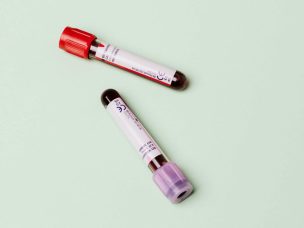TUESDAY, Oct. 13, 2020 (HealthDay News) — The number of expected U.S. deaths increased considerably from March through July 2020, with 67 percent of these excess deaths attributed to COVID-19; and the United States has experienced high COVID-19-associated mortality compared with other countries, according to two studies published online Oct. 12 in the Journal of the American Medical Association.
Steven H. Woolf, M.D., M.P.H., from Virginia Commonwealth University School of Medicine in Richmond, and colleagues estimated excess deaths and examined whether they were related to COVID-19. The researchers found 1,336,561 deaths occurred in the United States between March 1 and August 1, 2020, which represented a 20 percent increase over expected deaths. Overall, 67 percent of the 225,530 excess deaths were attributed to COVID-19.
Alyssa Bilinski, from the Harvard Graduate School of Arts and Sciences in Cambridge, Massachusetts, and Ezekiel J. Emanuel, M.D., Ph.D., from the University of Pennsylvania Perelman School of Medicine in Philadelphia, compared U.S. COVID-19 deaths and excess all-cause mortality in 2020 (versus 2015 to 2019) to that of 18 countries with diverse COVID-19 responses. The researchers found that the United States reported 198,589 COVID-19 deaths as of Sept. 19, 2020 (60.3 per 100,000), which was higher than the death count for countries with low and moderate COVID-19-related mortality but comparable to that of countries with high COVID-19-related mortality. For the 14 countries with publicly available all-cause mortality data, similar patterns were observed for excess all-cause mortality (71.6 per 100,000 in the United States since the start of the pandemic).
“When a pandemic reaches the health, social, and economic scale of COVID-19, regardless of the precise number of deaths that have occurred by a certain date, an intense, persistent, multipronged, and coherent response must be the order of the day and an urgent priority for the nation,” Harvey V. Fineberg, M.D., Ph.D., from the Gordon and Betty Moore Foundation in Palo Alto, California, writes in an accompanying editorial.
One author from the Woolf study disclosed ties to the pharmaceutical industry; one author from the Bilinski and Emanuel study disclosed ties to the biopharmaceutical, insurance, and other industries.










